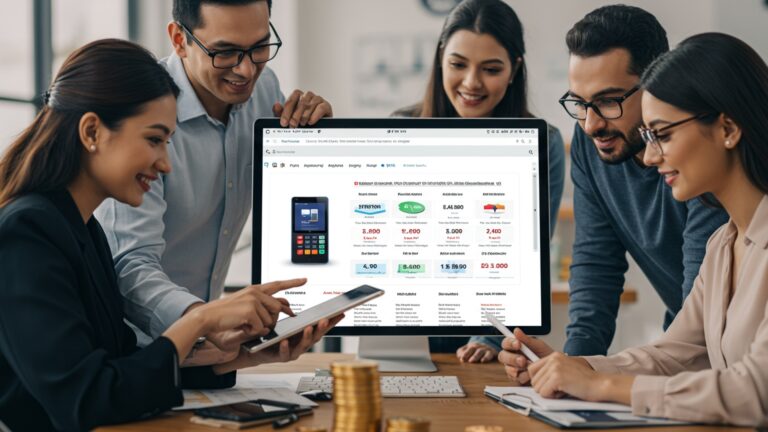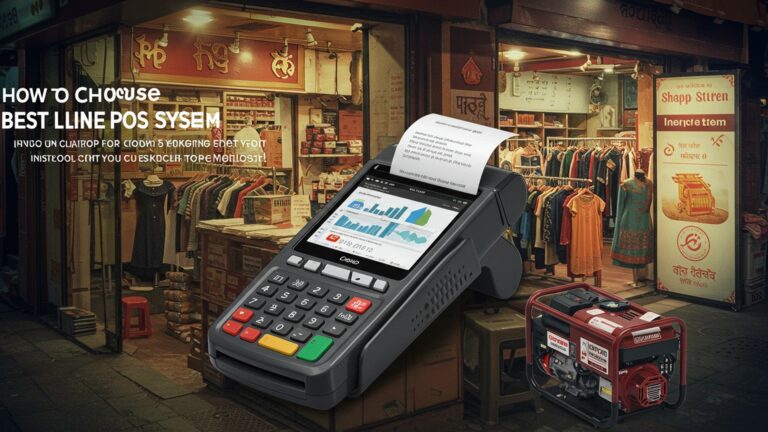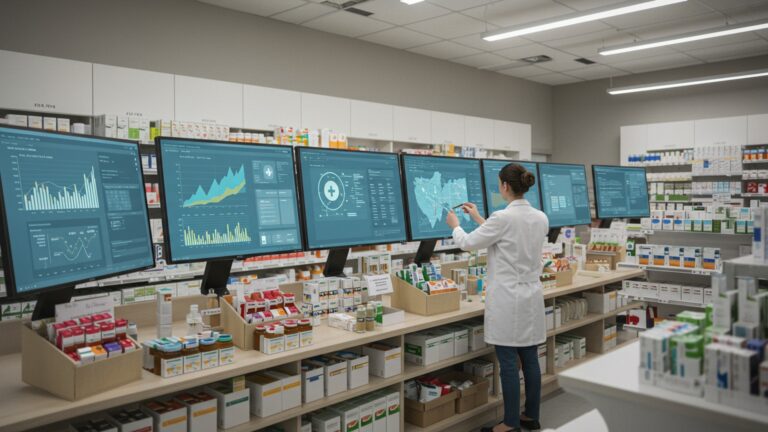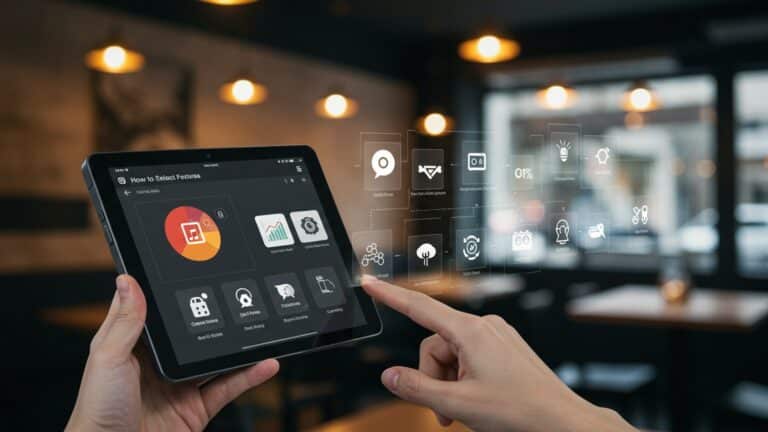Discover 7 Essential Benefits of Modern Restaurant POS Software Solutions
The contemporary restaurant landscape demands more than just processing orders; it requires agile operational intelligence to navigate rising labor costs, intricate inventory management. evolving customer expectations for seamless service. Modern restaurant POS software transcends basic transaction capabilities, transforming into a pivotal command center that integrates front-of-house efficiency with back-of-house productivity. Cloud-native platforms, for instance, enable real-time inventory adjustments, dynamic menu updates across multiple locations. crucial data analytics for personalized marketing strategies. This advanced technological integration empowers restaurateurs to optimize workflows, mitigate waste. elevate the guest experience from initial order to final payment, driving profitability in a fiercely competitive market.
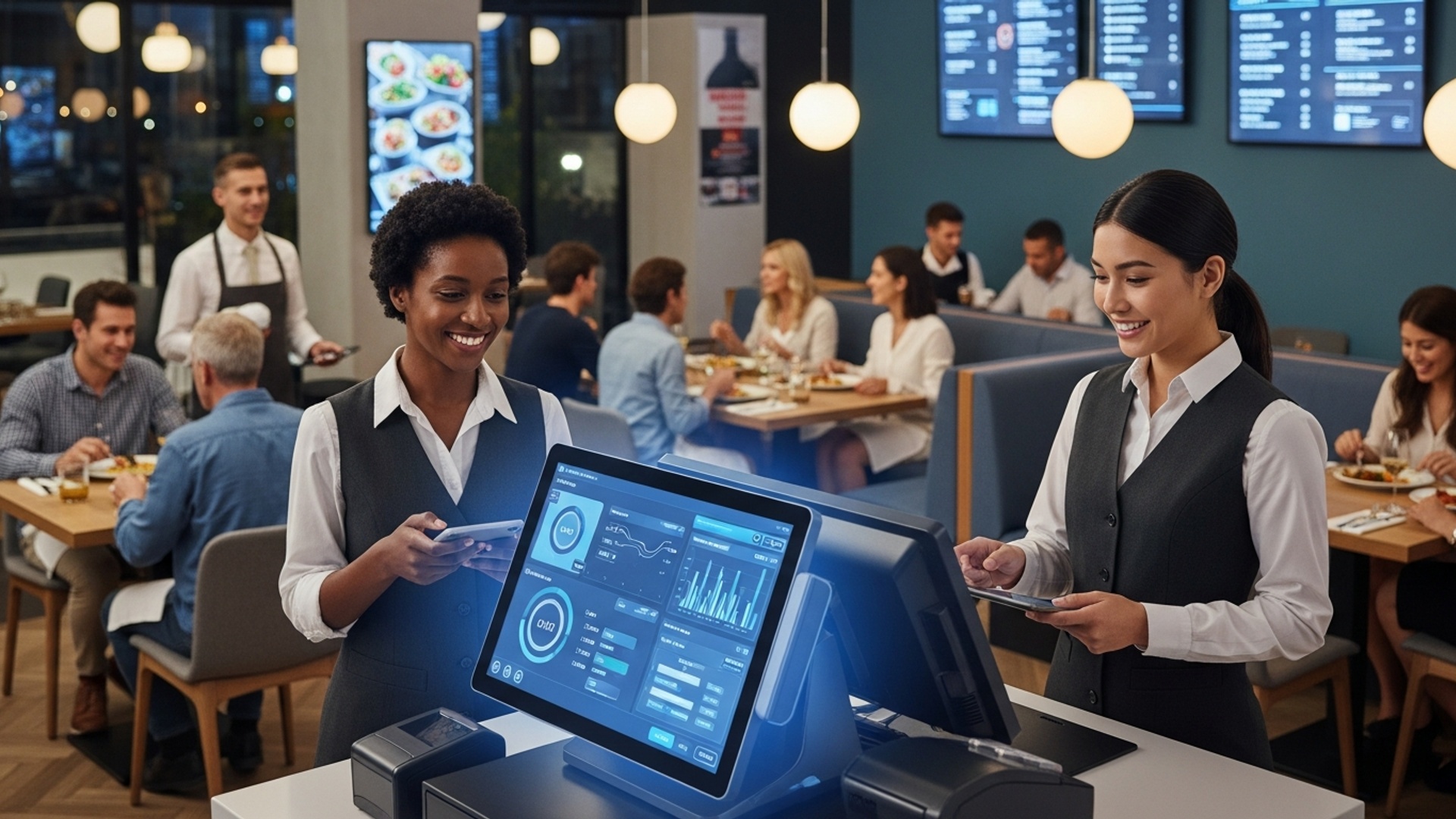
1. Streamlined Operations and Unmatched Efficiency
At its core, modern Restaurant POS software (Point of Sale) acts as the central nervous system for any food service establishment, orchestrating everything from order placement to payment processing. Unlike archaic cash registers or manual systems, contemporary POS solutions centralize critical operational tasks, significantly boosting efficiency and reducing the potential for human error.
Imagine a bustling dinner service: a server takes an order tableside using a handheld device. This order is instantly transmitted to the kitchen display system (KDS), eliminating handwritten tickets and misinterpretations. This direct communication slashes preparation times, ensures accuracy. allows kitchen staff to manage incoming orders more effectively. For instance, a common challenge in traditional setups is the “lost ticket” or illegible handwriting, leading to frustrated customers and wasted food. A robust Restaurant POS software mitigates these issues entirely.
Moreover, these systems automate many back-of-house functions. Daily sales reports are generated automatically, inventory levels are updated in real-time. employee time tracking becomes a seamless process. This automation frees up valuable staff time, allowing them to focus more on customer service rather than administrative tasks. The actionable takeaway here is clear: by automating routine tasks with advanced Restaurant POS software, you can significantly reduce operational bottlenecks and enhance overall service speed.
2. Elevating the Customer Experience
In today’s competitive culinary landscape, a superior customer experience is paramount. Modern Restaurant POS software plays a pivotal role in achieving this by facilitating faster service, ensuring order accuracy. enabling personalized interactions. Think about the convenience of split bills handled in seconds, or the ability to modify an order on the fly without confusing the kitchen staff. These seemingly small conveniences add up to a significantly better dining experience.
Many advanced Restaurant POS software solutions integrate features like customer loyalty programs. This means your POS can track customer preferences, past orders. reward points. For example, if a regular customer, “Sarah,” always orders her coffee with almond milk, a smart POS system can remember this, allowing staff to offer it proactively. This level of personalization fosters a sense of recognition and appreciation, encouraging repeat business. Moreover, features like tableside ordering via tablets or even QR code-based self-ordering systems empower customers with control and speed, catering to a new generation of diners who value efficiency and digital convenience.
A study by Oracle showed that 70% of consumers believe technology improves their restaurant experience. By leveraging the capabilities of your Restaurant POS software, you’re not just processing transactions; you’re building stronger relationships with your clientele. The actionable takeaway for restaurateurs is to utilize POS data to create a memorable and highly personalized dining journey for every guest.
3. Intelligent Inventory Management and Waste Reduction
Food waste and inefficient inventory management are silent killers of restaurant profitability. Modern Restaurant POS software offers sophisticated tools to track every ingredient, from its arrival at your back door to its final transformation into a dish on a customer’s plate. This level of granular control is virtually impossible with manual methods.
Consider a scenario where your POS system is integrated with your recipe management. When a “Chef’s Special Pasta” is sold, the system automatically deducts the precise quantities of pasta, sauce, vegetables. protein from your inventory. This real-time tracking allows managers to know exactly what’s in stock, what needs reordering. which items are moving quickly or slowly. This prevents over-ordering perishable goods, thereby significantly reducing spoilage and waste. For instance, a small independent bakery, ‘The Daily Crumb,’ reported a 15% reduction in ingredient waste within three months of implementing a POS with robust inventory modules, directly impacting their bottom line.
Beyond tracking, some Restaurant POS software solutions can even generate automated purchase orders when stock levels hit predefined thresholds, streamlining your supply chain. This not only saves time but also ensures you never run out of popular items, avoiding lost sales. The actionable takeaway: by meticulously managing inventory through your POS, you can minimize spoilage, optimize purchasing. directly boost your profit margins.
4. Empowering Decisions with Data-Driven Insights
One of the most transformative benefits of modern Restaurant POS software is its ability to collect, examine. present invaluable operational data. Gone are the days of guesswork; today’s restaurateurs can make informed decisions based on concrete metrics.
These systems generate comprehensive reports on everything from peak sales hours and average check sizes to the performance of individual menu items and staff members. For example, a detailed sales report might reveal that your “Signature Brunch Platter” is most popular on weekends between 10 AM and 1 PM, while your “Late Night Tacos” consistently underperform. Armed with this data, you can adjust your staffing schedules to match demand, refine your menu offerings, or launch targeted promotions to boost sales of slower-moving items.
Many Restaurant POS software platforms feature intuitive dashboards that provide a real-time snapshot of your business’s health. This allows owners and managers to identify trends, pinpoint areas for improvement. gauge the effectiveness of new strategies. A restaurant group, ‘Global Eats Inc. ,’ used their POS data to identify that their busiest period was actually an hour later than they had traditionally staffed for, leading them to adjust shifts and increase efficiency by 8% during that critical hour. The actionable takeaway: leverage the analytical power of your POS to fine-tune every aspect of your operations, from menu engineering to marketing campaigns.
5. Simplifying Staff Management and Productivity
Managing a restaurant team can be complex, involving scheduling, time tracking. performance monitoring. Modern Restaurant POS software simplifies these tasks, enhancing staff accountability and productivity.
Many systems include integrated time clock features, allowing employees to clock in and out directly through the POS terminal. This eliminates manual time cards, reduces payroll errors. prevents common issues like “buddy punching.” Beyond attendance, the POS can track individual server sales, average table turn times. even tips. This data is invaluable for performance reviews, identifying top performers. providing targeted training for those who might need extra support. For instance, a manager can easily pull up a report showing which server has the highest average check size or the fastest service times, enabling fair and data-backed performance incentives.
Moreover, Restaurant POS software often supports role-based access, meaning you can customize what each employee can see and do within the system based on their position (e. g. , a cashier can process sales, a manager can access reports and make voids). This enhances security and prevents unauthorized actions. The actionable takeaway: implement a POS system that streamlines staff management, improves accountability. ultimately optimizes your labor costs.
6. Seamless and Secure Payment Processing
The landscape of payment processing has evolved dramatically. modern Restaurant POS software is at the forefront of this change, offering seamless, secure. diverse payment options. Gone are the days of cash-only or swipe-only transactions; today’s customers expect flexibility and speed.
Current POS systems are equipped to handle a wide array of payment methods, including EMV chip cards, NFC contactless payments (like Apple Pay and Google Pay). mobile wallet transactions. This not only speeds up the checkout process but also significantly enhances security. EMV technology, for example, encrypts transaction data at the point of sale, drastically reducing credit card fraud compared to older magnetic stripe cards. Moreover, most reputable Restaurant POS software providers ensure PCI compliance, which means they adhere to the strict security standards set by the payment card industry to protect sensitive customer data.
Many systems also offer integrated payment processing, which means the POS terminal and card reader communicate directly. This eliminates manual entry errors, reconciles payments automatically. simplifies end-of-day closing procedures. The actionable takeaway: by offering diverse and secure payment options through your POS, you enhance customer convenience, build trust. protect your business from potential fraud.
7. Driving Revenue Growth and Boosting Profitability
Ultimately, all the benefits of modern Restaurant POS software converge to one critical outcome: increased revenue and enhanced profitability. This is not merely an expense but a strategic investment that yields tangible financial returns.
Consider how the combined effects contribute: faster service (from streamlined operations) means higher table turnover, allowing you to serve more customers during peak hours. Intelligent inventory management directly reduces waste and optimizes purchasing, cutting down on food costs. Data-driven insights enable you to optimize your menu, pricing. promotions for maximum profitability. Enhanced customer experience through loyalty programs and personalized service leads to repeat business and higher average check sizes. Simplified staff management reduces labor costs and improves efficiency. Secure payment processing minimizes fraud and builds customer confidence.
For example, a small cafe owner in Brooklyn, after upgrading to a comprehensive Restaurant POS software, saw a 10% increase in monthly revenue within six months. This growth was attributed to a combination of faster order processing, reduced ingredient waste identified by the inventory system. the successful implementation of a loyalty program managed directly through the POS. Investing in robust Restaurant POS software is an investment in the sustainable growth and long-term success of your business. The actionable takeaway: view your POS as a powerful tool that directly contributes to your bottom line, driving both top-line revenue and net profitability.
Conclusion
Ultimately, embracing a modern restaurant POS isn’t just about processing payments; it’s about unlocking a new era of operational excellence and sustained growth. As we’ve explored, from streamlining orders to insightful data analytics and enhanced customer loyalty, the benefits are transformative. My personal tip? Don’t just look for features; seek a system that integrates seamlessly with your existing operations and offers robust reporting capabilities, like the real-time inventory tracking that helped a local bistro drastically cut food waste and improve profit margins. The current trend towards cloud-based, mobile-first solutions and AI-powered forecasting means these systems are more agile than ever, empowering you to make data-driven decisions swiftly. Don’t let outdated technology hold you back; invest in a POS that propels your restaurant into a more profitable and efficient future. For further guidance on making the right choice, consider exploring a detailed guide to essential POS features.
More Articles
Master 8 Key Features to Look For in Restaurant POS Software
Discover 10 Ways Restaurant POS Software Can Grow Your Business Profitably
Master 5 Smart Strategies to Boost Restaurant Efficiency Using Your POS
Tutorial 10 Best Practices for Smooth Restaurant POS System Implementation
7 Essential Features Your Restaurant POS Software Must Offer for Success
FAQs
How can a modern POS system make my restaurant run smoother?
Modern POS software streamlines your entire operation. It speeds up order taking, sends orders directly to the kitchen. helps reduce errors, leading to faster service and happier customers.
Is it really easier to manage inventory with this kind of software?
Absolutely! A good POS system automatically tracks ingredient usage, alerts you when stock is low. can even help with reordering from suppliers. This significantly cuts down on waste and prevents you from running out of popular items.
What kind of insights can I get from a modern restaurant POS?
You’ll gain invaluable data! Think detailed reports on sales trends, your most popular menu items, peak business hours. even individual server performance. This data empowers you to make smarter decisions about staffing, menu adjustments. marketing.
Can a POS help me keep customers coming back?
Definitely. Many modern systems include customer relationship management (CRM) features. You can track customer preferences, run loyalty programs. offer personalized promotions, which are great ways to encourage repeat business and build a loyal customer base.
How does a POS handle online orders and deliveries?
A lot of modern POS solutions integrate seamlessly with online ordering platforms and third-party delivery services. This means all your orders, whether dine-in or online, come into one central system, making them much easier to manage and fulfill efficiently.
Does it make managing my staff any simpler?
Yes, it certainly does. You can track employee hours accurately, manage shifts. even simplify payroll data processing. This reduces administrative burden and helps you optimize your labor costs.
What payment options can I offer my customers with new POS software?
Modern POS systems support a wide array of payment methods. This includes all major credit and debit cards, mobile payments like Apple Pay and Google Pay, contactless options. even gift cards, giving your customers maximum flexibility and convenience.

